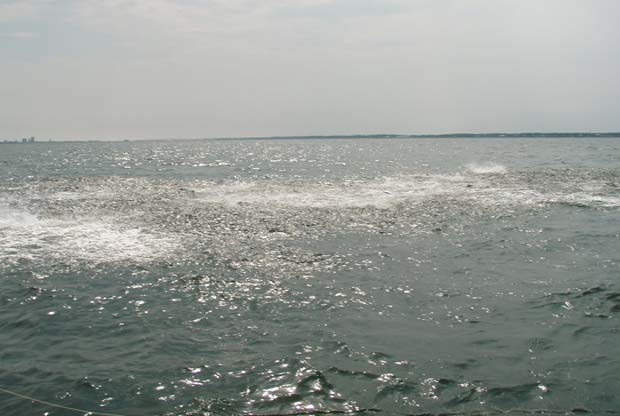[dropcap]T[/dropcap]hey’re known by names like greeneyes, pearlsides and halfbeaks, and they’re not marbles nor birds nor precious stones.
They’re fish – more specifically, forage fish, little guys that the big boys like tuna, marlins and whales gorge on out in the ocean.
You can just call them bait.
On Monday, a regional fisheries panel took a historic step to protect them – not just for their own good but for the good of the food chain in which they’re a vital link.
In a hotel conference room overlooking the ocean, the Mid-Atlantic Fishery Management Council adopted an amendment to safeguard more than 50 species of forage critters.
It’s the first East Coast panel and only the second of eight U.S. regional ocean councils to decide that creatures like sand lances, horned lanternfish and warty bobtail squids deserve a protection plan. The council that oversees the waters off California, Oregon and Washington paved the way with a similar action last year.
Monday’s decision was “a huge leap forward in fishery management,” said Joseph Gordon, who helps oversee ocean-related issues for The Pew Charitable Trusts.
“These little fish are the unsung heroes of the ocean,” Gordon said. “They’re what feeds everything, from seabirds to seals to whales to sharks. They’re the lifeblood of our Atlantic Ocean.”
Now, commercial fishermen in federal waters from New York to North Carolina can’t start targeting dozens of these lower-rung species in the ocean food frenzy without scientific evidence that it wouldn’t harm the larger ecosystem.
Rick Robins, the mid-Atlantic council’s chairman, said the panel is trying to get ahead of fishing demands.







